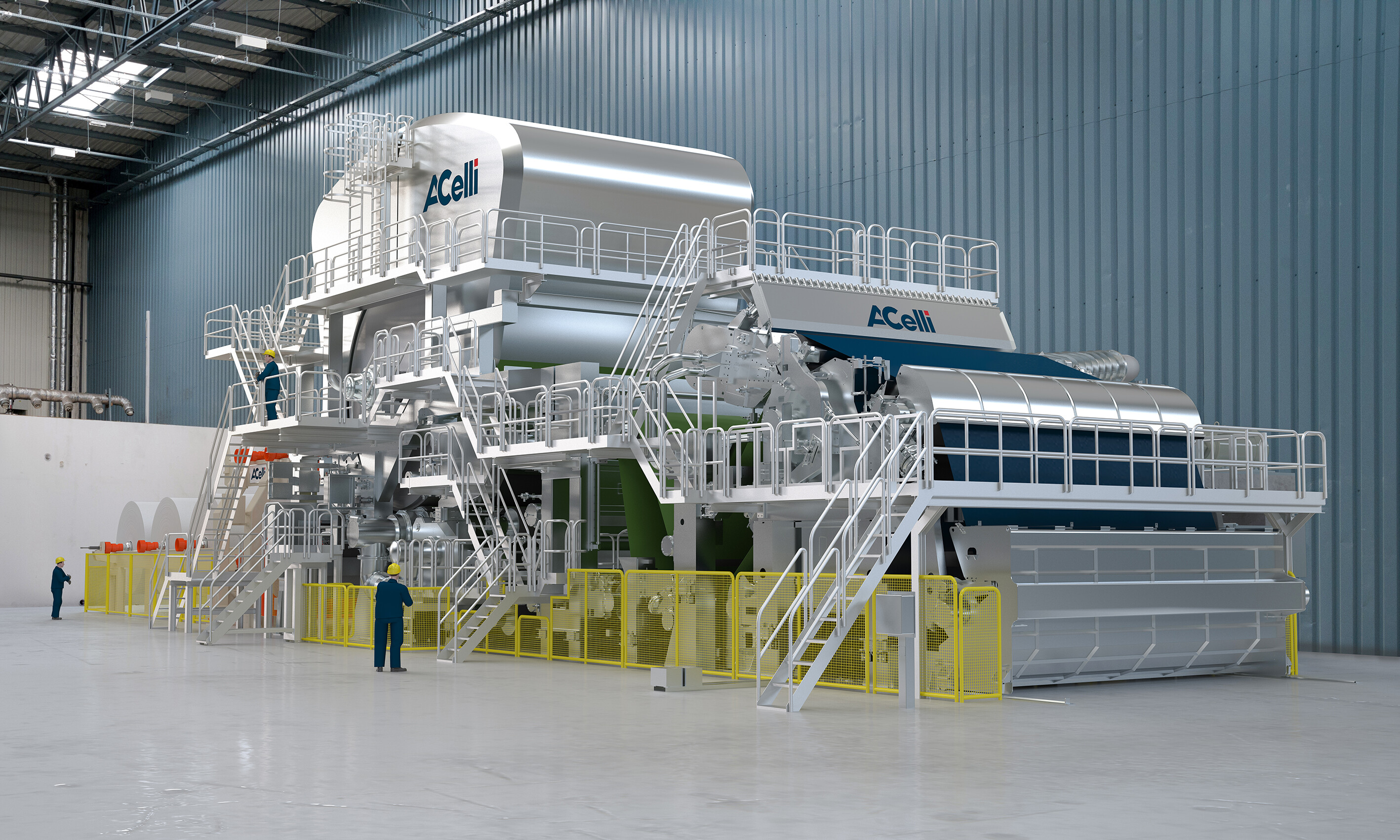
Technology (4)
Is there an accurate, reliable, and safe way to determine the out-going press dryness?
Written by Admin-techYes, there is. The out-going press moisture can be determined from a mass and energy balance of the dryer section. By knowing the paper weight, width, speed, and reel moisture and the amount of steam used for drying, the out-going press moisture can be calculated using an analytical model of the dryer section. This is much simpler than a water balance that requires accurate measurement of many water flow rates around the press section. It is also much safer than attempting to get a "grab" sample of the sheet on the front side of the press section. It is also less costly than a cross-machine moisture scanner. And the result is more accurate than all of these alternatives. For a "tight" well-managed dryer steam system, the sheet dryness can be determined within 0.1-0.2 dryness percent.
DuraKnife is Valmet's patented chipper knife usable in almost all disc chippers. The custom-made sharp and strong DuraKnife ensures continuous high chip quality and longer change intervals for the knives, which improve the productivity of the chipper.

Is there a better way of measuring energy efficiency in paper drying?
Written by Admin-techYes, there is. Rather than measuring the amount of steam that you use, measure the amount of steam that you lose. The steam consumption (amount of steam used per hour) is, by itself, an inadequate measure. A high value could be the result of either drying a lot of paper or venting a lot of steam. One is good. The other is bad. Indexing the amount of steam used with amount of water evaporated (pounds of steam per hour per pound of water evaporated) is a better metric, but significant amount of energy can easily be lost in the "noise" of this metric.
A better approach is to simply look for the steam losses. Specifically, look for steam that is vented to the atmosphere or vented to condenser tanks. Look for condensate that is dumped to a sewer and look for hot air that is exhausted from the dryer hood to the atmosphere. These are direct measurements of energy losses and they are direct indications of potential areas for energy recovery.
What common metrics are used for measuring paper drying efficiency?
Written byTwo common metrics for measuring paper drying efficiency are drying load (amount of water evaporated per hour) and steam consumption (amount of steam used per hour). The Technical Association of the Pulp and Paper Industry (TAPPI) recommends these metrics be indexed by the dryer surface area (resulting in pounds of water evaporated per hour per square feet of dryer surface area) and by the amount of water evaporated (resulting in pounds of steam per hour per pound of water evaporated). The indexed values are better indicators of dryer performance and overall energy efficiency of the drying process. Indexed values can be compared to similar machines as a benchmark of performance.




